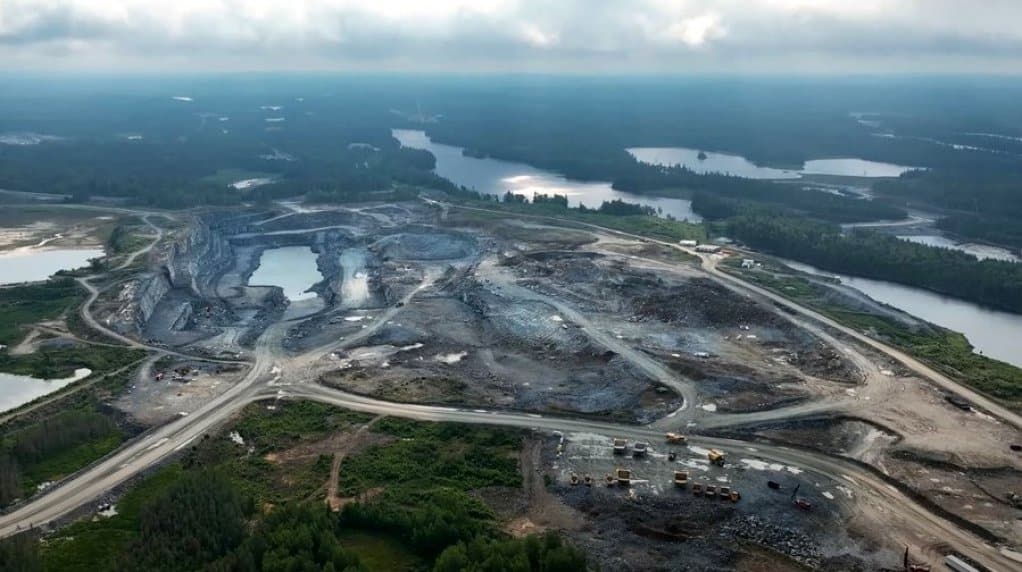Argonaut Gold has announced the sale of an additional 1% net smelter return royalty (NSR) on the Magino mine to bolster its balance sheet following a slower-than-planned ramp up to commercial production.
The mine, in Ontario, achieved commercial production on November 1, slightly missing the company’s original target date of September.
COO Marc Leduc explained on Thursday that plant commissioning and ramp-up proceeded largely on plan from June through August, ramping up from about 50% of nameplate capacity to 80%, placing the plant on track for commercial production in September.
However, 20 days of unplanned downtime in September, delayed the ramp-up. This was the result of two events, the first centered on the ball mill motor drive and inching system and the second involved the SAG mill motor, he said.
“The EPC contractor, equipment suppliers and specialised contractors were mobilized to assist the site team in facilitating equipment repairs and addressing the various causes of the unplanned downtime. During commissioning, the greatest plant reliability issues cantered on the process control system, which is comprised of several disparate systems. As a result, we are systematically centralising all control functionality. The plant has been largely operating at nameplate capacity since the beginning of the quarter,” Leduc continued.
Franco-Nevada and certain of its subsidiaries will acquire an additional 1% NSR on Magino and its noncore royalty holdings in Canada and Mexico for an aggregate $29.5-million.
Upon the closing of the transaction, Franco Nevada would hold an aggregate 3.0% NSR on the Magino mine.
In the third quarter, Argonaut reported consolidated gold production of 53 911 gold equivalent ounces (GEOs), including pre-commercial production of 10 693 GEOs from the Magino mine.
The company stated that full-year production for the Magino mill would not meet the guidance set out at the beginning of the year, owing to the slower-than-planned ramp-up to commercial production. However, the company remained on track to meet its consolidated production and all-in sustaining cost guidance set at the beginning of the year.



